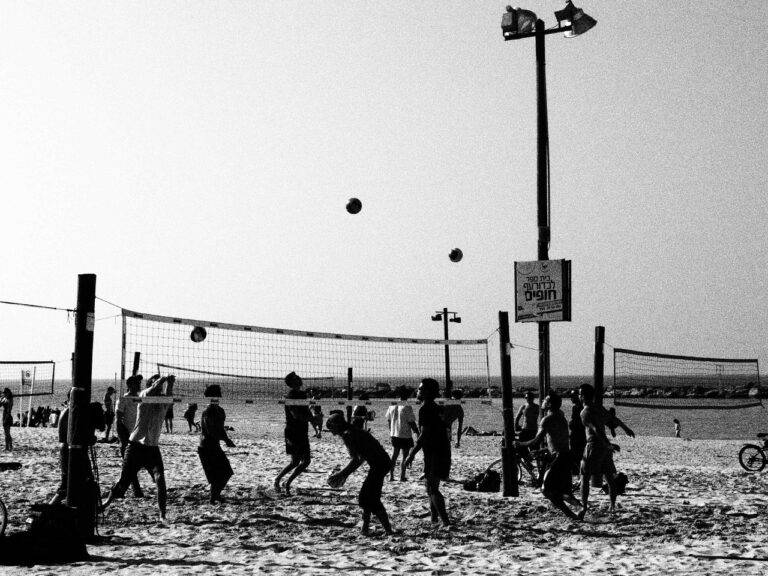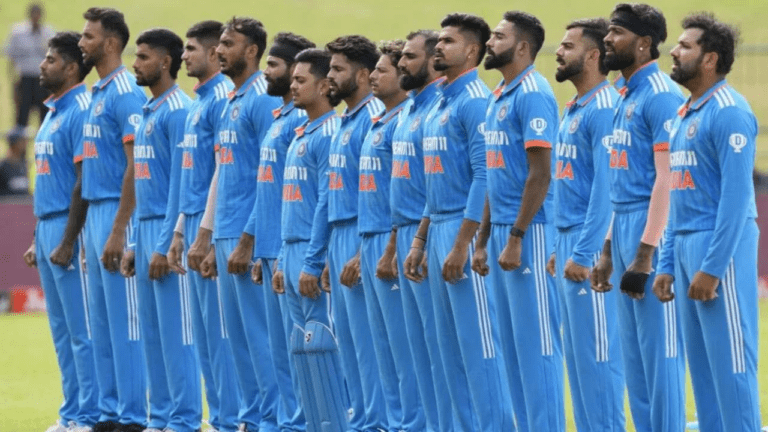IPL and Its Role in Promoting Indian Classical Art and Cultural Traditions
Lotus365, Gold365: Indian classical art in India has a rich history that dates back thousands of years. It has evolved over time through various dynasties, empires, and cultural influences, resulting in a diverse and vibrant artistic tradition. Each region in India has its unique style of classical art, showcasing a deep connection to the country’s cultural and spiritual beliefs.
The classical art forms in India encompass a wide range of disciplines, including music, dance, painting, and sculpture. These art forms have been passed down through generations, with artists dedicating their lives to mastering the intricate techniques and aesthetics of their respective practices. Indian classical art is not just a form of expression but also a way to preserve and honor the ancient traditions and stories of the land.
History and Significance of Cultural Traditions in India
Cultural traditions in India have a rich and diverse history that dates back thousands of years. These traditions are deeply rooted in the country’s ancient civilizations and have been passed down through generations, shaping the cultural identity of the Indian subcontinent. From classical music and dance to traditional art forms and rituals, India’s cultural heritage is a treasure trove of artistry and creativity.
The significance of these cultural traditions lies in their ability to connect people to their roots and preserve the essence of Indian heritage. These traditions serve as a link between the past and the present, allowing individuals to celebrate their cultural identity and uphold age-old practices. Through music, dance, festivals, and craftsmanship, the cultural traditions of India continue to thrive, offering a glimpse into the rich tapestry of the country’s history and diversity.
What are some of the key cultural traditions in India?
Some of the key cultural traditions in India include classical dance forms like Bharatanatyam and Kathak, classical music like Hindustani and Carnatic, various forms of art like Madhubani paintings and Tanjore art, and traditional festivals like Diwali and Holi.
How have cultural traditions evolved over time in India?
Cultural traditions in India have evolved over time through a combination of influences from various regions, rulers, and religions. They have also been shaped by social, political, and economic factors, resulting in a rich and diverse cultural tapestry.
What is the significance of cultural traditions in India?
Cultural traditions in India play a crucial role in preserving the country’s heritage, promoting unity and diversity, and fostering a sense of identity and belonging among its people. They also contribute to the country’s soft power and serve as a bridge between the past and the present.
How do cultural traditions in India impact society and individuals?
Cultural traditions in India impact society and individuals by shaping their beliefs, values, behaviors, and relationships. They provide a sense of continuity and connection to the past, while also offering a platform for creativity, expression, and social cohesion.







